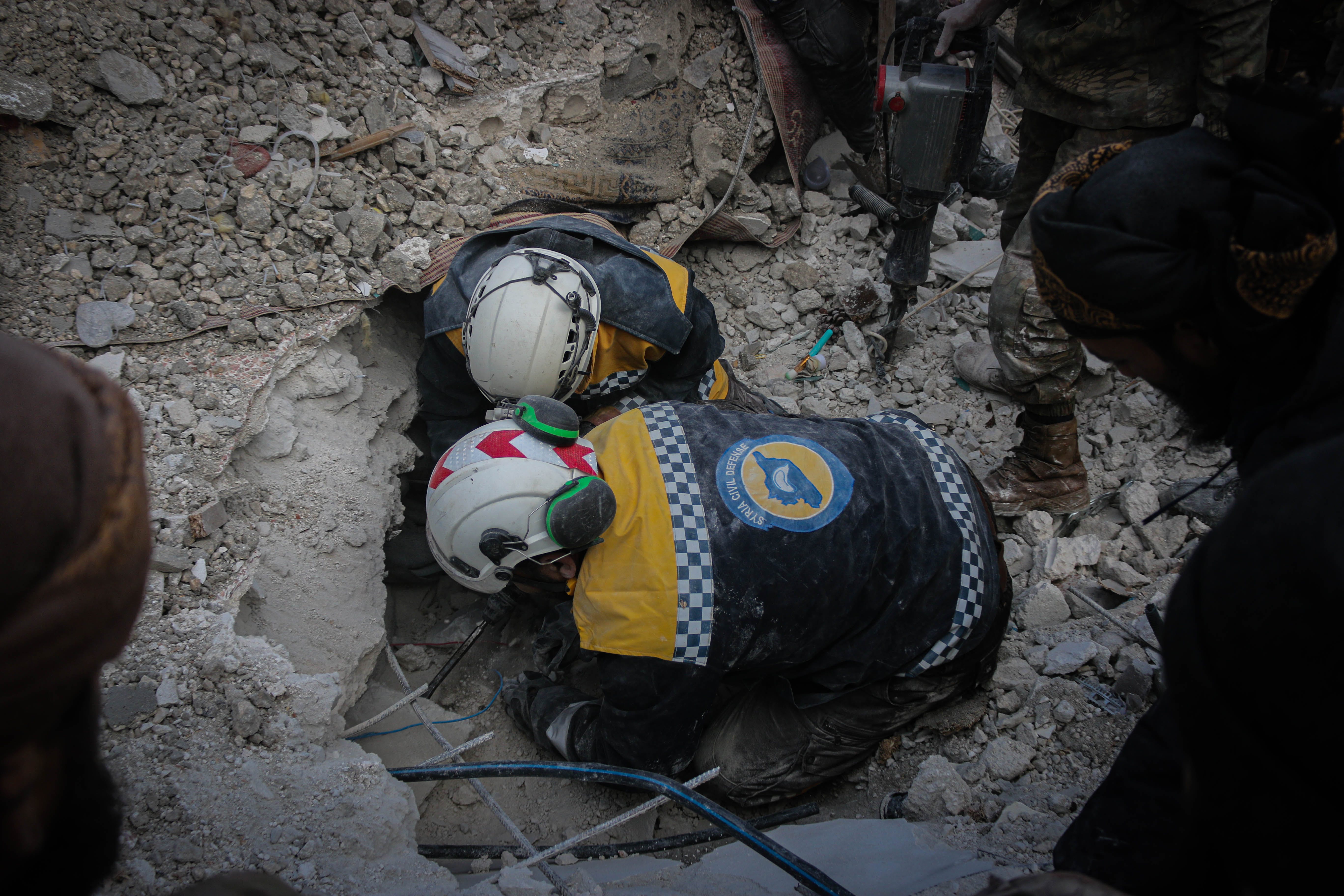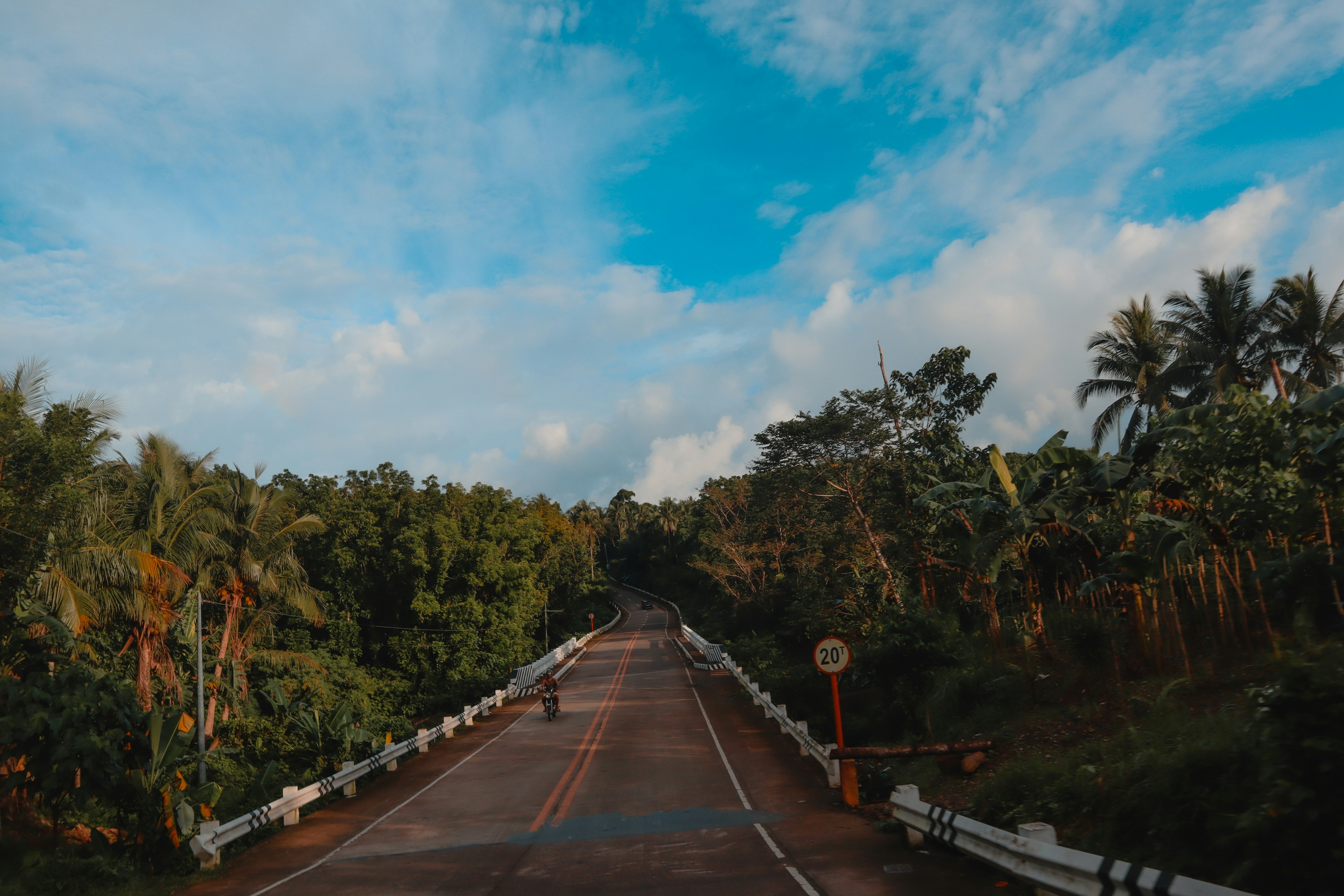Last week, Foreign Minister Julie Bishop announced Australia’s new framework, Development Approaches to Countering Violent Extremism.
The framework outlines how development assistance will be delivered to counter violent extremism (CVE) in developing countries as a part of Australia’s aid program.
Violent extremism is an increasing problem across the globe. The Global Terrorism Index states that in 2014, there was a 172 per cent increase in deaths of private citizens from acts of violent extremism. The responses to these events, typically through military or policing measures, have traditionally been male dominated. However, evidence has shown that when women fully participate in the peace process, including in CVE efforts, the peace and security that is achieved is ultimately more sustainable. However, a key driver of extremism is exclusion. In line with the International Women’s Day 2017 theme – Be Bold for Change, Creating a More Inclusive World – it is an important time to discuss why and how women continue to be excluded.
One of the chronic deficiencies in responses to CVE is a lack of focus on the active and positive role women can play. Women are typically grossly underrepresented in all three stages of the management of CVE: prevention, reconstruction and peacebuilding. The development of Australia’s second National Action Plan on Women, Peace and Security (WPS) presents an opportunity for civil society to turn the conversation to the role of women in CVE. Progress has been made towards implementing the WPS agenda in Australia, the region and the globe, although there is much more to be done.
Women have been, and continue to be under-utilised and even prevented from contributing to peacebuilding efforts. The common narrative of women in conflict is that of the victim. Peacebuilding has a direct focus on prevention, involving both government and civil society. Although peacebuilding does not address violent extremism explicitly, it can contribute to and enhance CVE measures.
Nonetheless, there is profound concern about the rise in violence, conflict, and militarisation around the world. This can gravely impact the space that women have to counter violent extremism. We must be careful when analysing women’s roles in CVE and recognise the risks that come with it. There is a significant risk that the WPS agenda will be turned into a security instrument, resulting in the CVE agenda dominating other women’s security issues.

The use of ‘countering’ within government strategies portends to continue militarised approaches to state security that place at risk women’s meaningful participation, potentially impacting their decision-making and leadership contributions. This could result in any nonviolent attempt to solve conflict being dismissed. By using the term ‘countering’ within the WPS framework, there is a further risk of militarising the agenda, as in many contexts CVE sits, and is associated, with the military, defence or police. There is a current environment of militarisation within many of the national security, political and social spheres that often overlooks the voices and experiences of women. Many contexts where there have been attempts to counter violent extremism through military strategies and agendas that have seen results, have an adverse impact on women’s rights and women’s rights organisations.
There has been tension between protection and participation of women within the CVE and WPS context. The dominant discourse of responding to and preventing sexual violence in conflict zones is a concern. It displays a disproportionate focus on the protection aspects of the WPS agenda – the notion that women need saving. This impacts how women’s participation and agency beyond being a victim are addressed. It results in women being excluded from participating in a meaningful way in government strategy development and implementation, and can compromise the impact of women’s coalitions that strive to counter violent extremism and promote peace.
There are multi-dimensional needs that extend beyond sexual violence, including other human rights abuses. Women need to be empowered. There is also the need to meaningfully explore the role women can play in protection and countering violent extremism; however, women are often overlooked, with the most emphasis placed on sexual violence concerns. There is no single universal experience or role for women in CVE; it is highly diverse and dependent on context, considering history and community.
It is well known that when women are afforded full participation and representation in peace efforts, it leads to more sustainable peace and security. If the WPS agenda is to be influenced by CVE strategies, then why shouldn’t CVE strategies and policies be influenced by the WPS agenda?
Photo sources: https://www.usip.org/publications/2015/03/dialogue-women-countering-violent-extremism; http://peaceoperationsreview.org/thematic-essays/preventing-violent-extremism-by-protecting-rights-and-addressing-root-causes/






